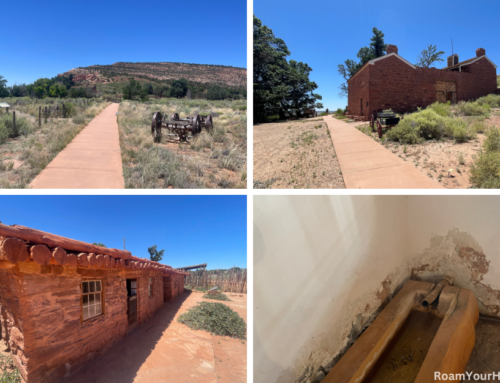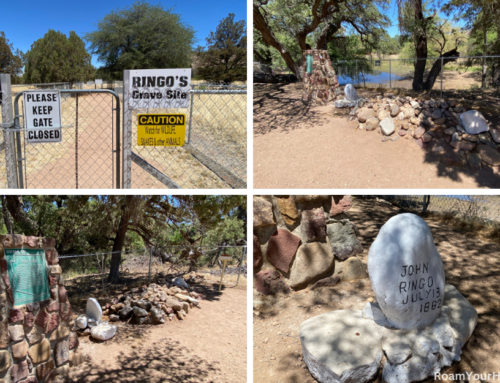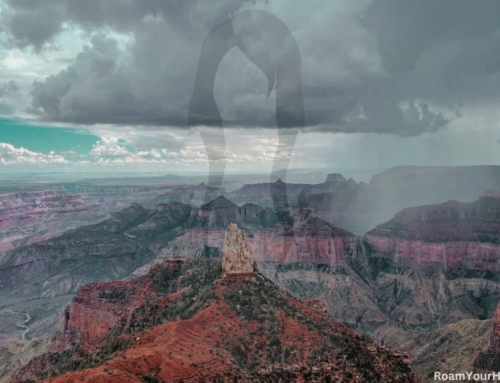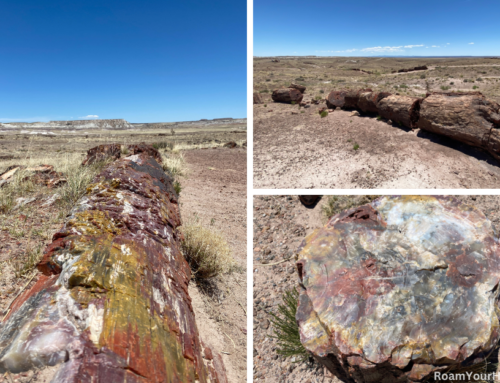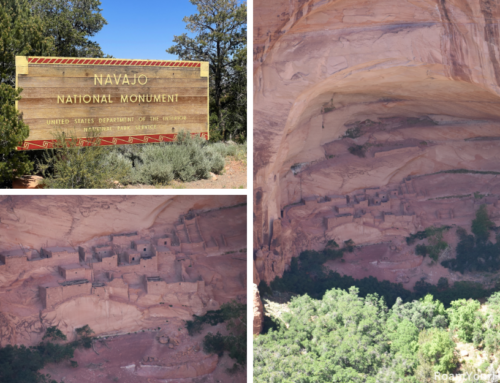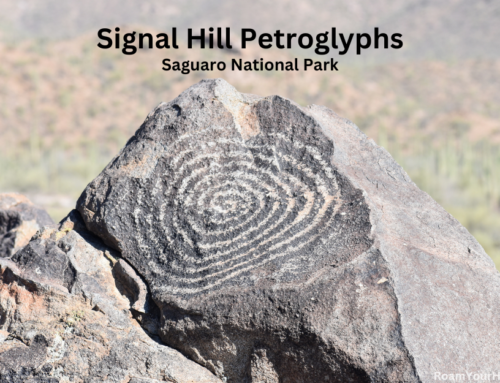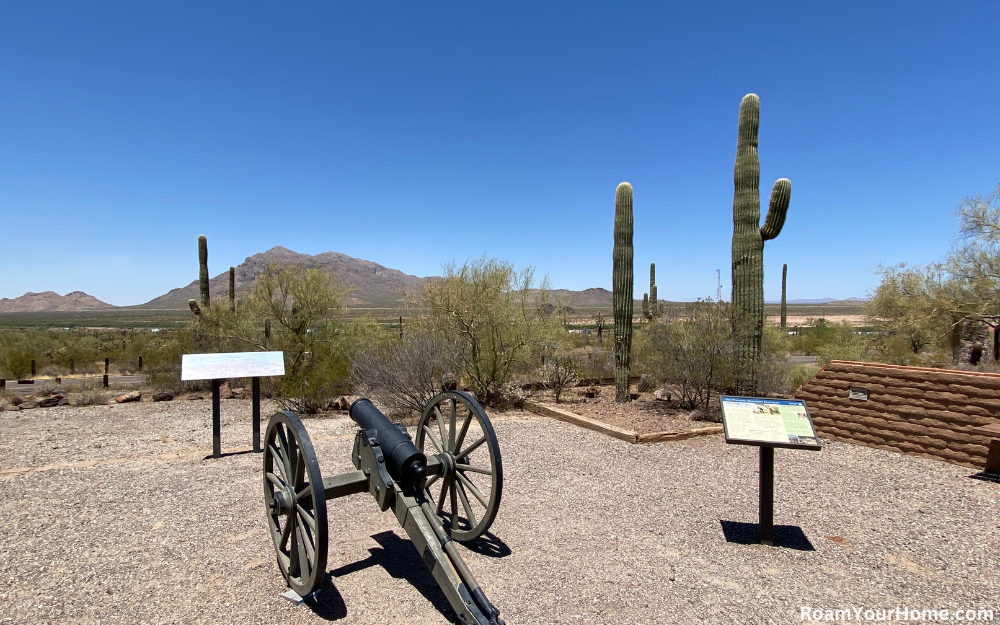
Visit the westernmost Civil War battle at Picacho Peak State Park
Picacho Peak State Park off Interstate 10 between Phoenix and Tucson. The park has something for everyone, including Civil War history.
As you approach the park, you can’t help but notice the towering Picacho Peak. Since prehistoric times, Picacho Peak has been a landmark used to navigate the region—two well-worn routes passed by the peak, one north-south, roughly following the path of I-10 today. During the Mexican-American War, the Mormon Battalion of the Army marched through the area using this route. The east-west route followed the Gila River, allowing a usually snow-free passage to California. In 1775, Juan Bautista de Anza led Spanish settlers west past the peak on his way to California. From 1857-1861, the Postal Service sent mail back and forth between St. Louis and San Francisco using the Butterfield Overland Stagecoach route near Picacho Peak. It was this route the Confederacy wanted to control.
The Civil War at Picacho Peak State Park
At the onset of the Civil War on April 12, 1861, with the bombardment of Fort Sumter in South Carolina, many federal troops stationed in the west were immediately called back east. Confederate President Jefferson Davis saw an opportunity. Davis wanted the Confederacy to stretch across the South from coast to coast. For this to happen, the Confederacy would need to gain control of the then New Mexico Territory, which stretched from the Texas border to California.
Davis ordered the creation of the “Army of New Mexico.” The army was tasked with gaining access to California and its ports, seizing the region’s mineral wealth, and getting Mexico to support the Confederacy. President Abraham Lincoln authorized the formation of a California Volunteer Unit to stop the Confederacy’s march west. The “California Column,” as they would become known, was ordered to block the advancing confederates, reopen the overland mail route, and protect citizens in the territory.
As the Confederates marched west along the Overland Route, they destroyed Union supply stockpiles along the stagecoach route meant to replenish the matching Union force. The California Column was marching east along the path to stop the Confederates. The first engagement would happen about 80 miles from the California border at Stanwix Station. On March 30, a detachment from the California column arrived at Stanwix Station to find a small group of Confederates burning hay left for the Union horses. The skirmish was minor, with only a brief exchange of gunfire, and would mark the westernmost advance of any organized Southern force during the war.
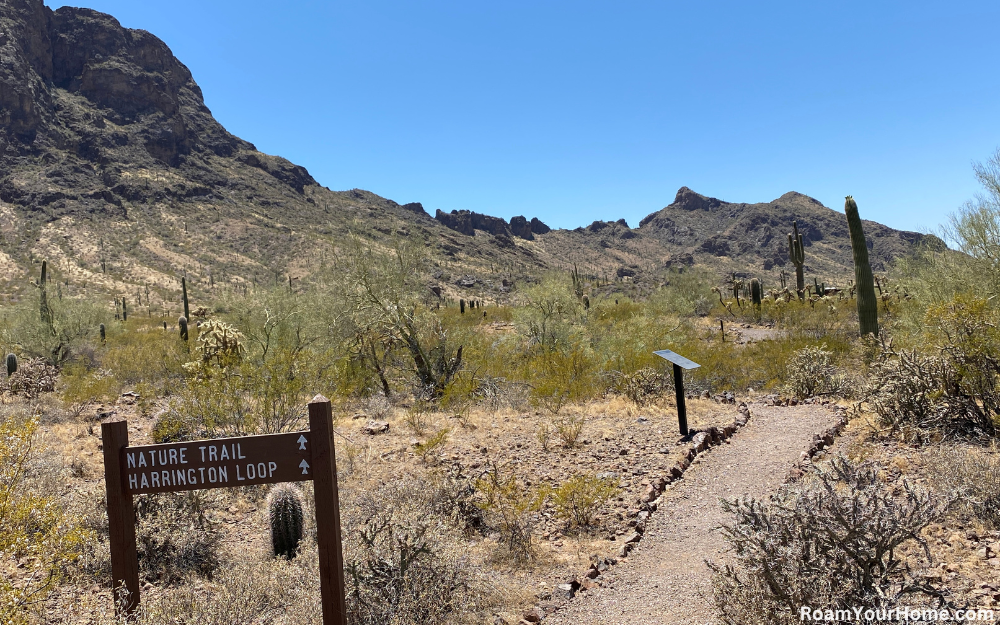
Battle of Picacho Pass
The small fight at Stanwix Station would prove costly for the California Column. The burned hay caused a significant delay in their advance eastward. This allowed the retreating rebels to reach the Confederate Headquarters in Tucson and warn of the approaching Union force. 120 Confederate Arizona Rangers occupied Tucson under the command of Captain Sherod Hunter. In early April, upon word of the advancing federals, Hunter dispatched a patrol of Rangers under the command of Sergeant Henry Holmes to Picacho Peak. They were to warn of any advancing troops toward Tucson. They camped at an abandoned stage station and, from a pass, were able to watch the road for the Union army.
The California Column camped about 30 miles north near present-day Casa Grande. An advance detachment of a 13-man cavalry squad under the command of Lieutenant James Barrett was dispatched toward Tuscon to sweep for reported Confederates. Barrett was under orders not to engage the Confederates until the arrival of the full column.
On April 15, 1862, against orders, Barrett charged into the Confederate camp. His superior officer described Barrett’s actions as acting alone and should have captured the Confederates “without firing a shot if the thing had been conducted properly.” Instead, in full daylight, “led his men into the thicket single file without dismounting them. The first fire from the enemy emptied four saddles when the enemy retired farther into the dense thicket and had time to reload … Barrett followed them, calling on his men to follow him.” As soon as Barrett advanced, he was shot in the neck and killed instantly. The fierce fighting amongst the thickets would continue for another hour. When the smoke settled, three Union soldiers were dead, including Barrett, and three were wounded. Some Confederates were captured, but the others escaped back to Tucson, eliminating the chance of a surprise attack.
The Confederates won the Battle of Picacho Pass but lost the territory. Captain Sherod Hunter and his Rangers abandoned Tucson as the approaching Union forces far outnumbered them. On May 20, 1862, a little over a month after the battle, the Union Army seized Tucson without firing a shot. This ended the Confederacy’s goal to reach the California coast.
“Our loneliness … [was] indescribable. We were cut off from all communication with the civilized world in a desert and inhospitable country. Ahead of us was an enemy of whose numbers we knew little, and behind a forbidding desert … To add still more to our loneliness, as the sound of the pick and shovel were heard, was the dismal howl of the wild coyote … The graves being dug, without a word or a prayer, we rolled the bodies in their blankets and laid them to rest.”
-Union Private J.C. Hall, 1st California Infantry
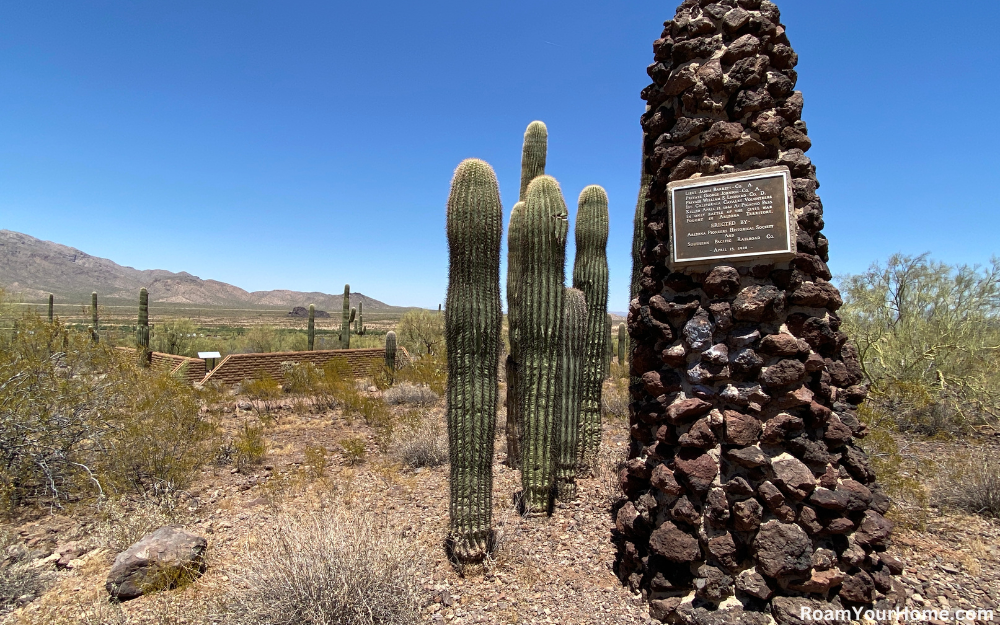
Today, a monument dedicated to those killed in the battle is located at the park. Every March, Picacho Peak State Park hosts a re-enactment of three Civil War Battles in the southwest, including the Battle of Picacho Pass. When visiting the park today, you can take a short walk that interprets the battle.
Other things to do in Picacho Peak State Park
There are also other great things to do while enjoying the park. The Visitor Center and park store are open daily. A variety of hiking trails offer something great for all ages. The Hunter Trail is particularly popular. It’s a challenging hike that leads to the summit of Picacho Peak. The trail is steep and has steel cables anchored in the rock where the surface is bare.
There is a nice campground with showers for those looking for an extended stay in the saguaro-dotted landscape. Anyone who has spent time road-tripping or hiking in the Arizona heat will appreciate a cool shower.
While you explore the park, look for wildlife. The park is an excellent spot for birdwatching. Gila woodpeckers make their homes in giant saguaros, turkey vultures soar in the sky, and peregrine falcons can be seen diving from the cliffs of Picacho Peak. Other wildlife often spotted include desert cottontails, various types of squirrels, and desert mule deer.
If you are in the area, check out Casa Grande Ruins National Monument, which is about 25 miles north, or Saguaro National Park, which is south towards Tucson.

